Most Recent News

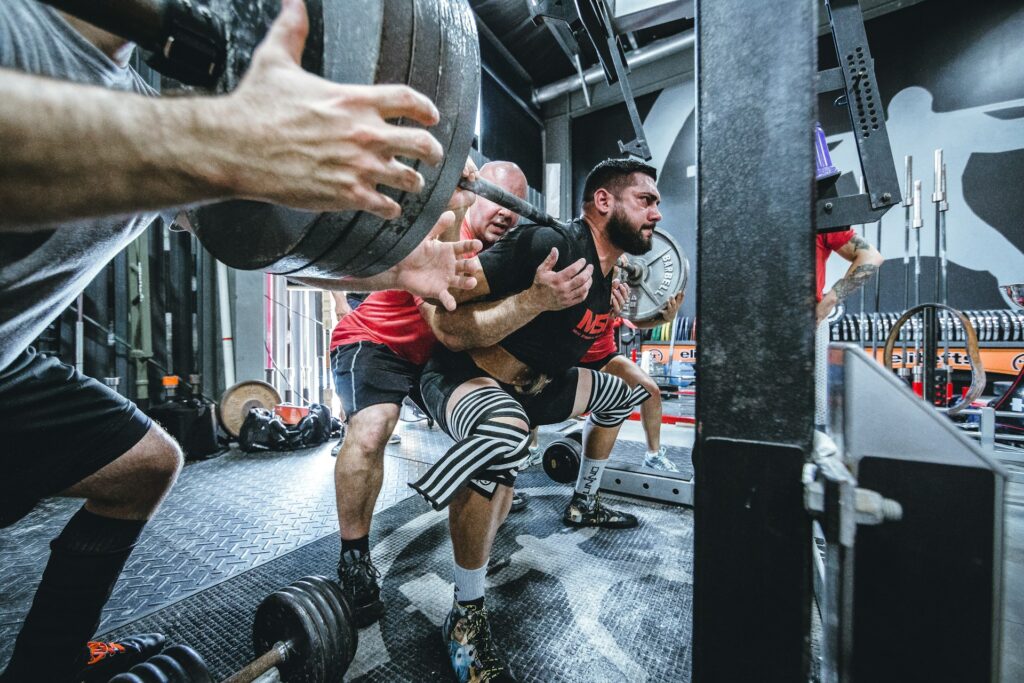
Popular News
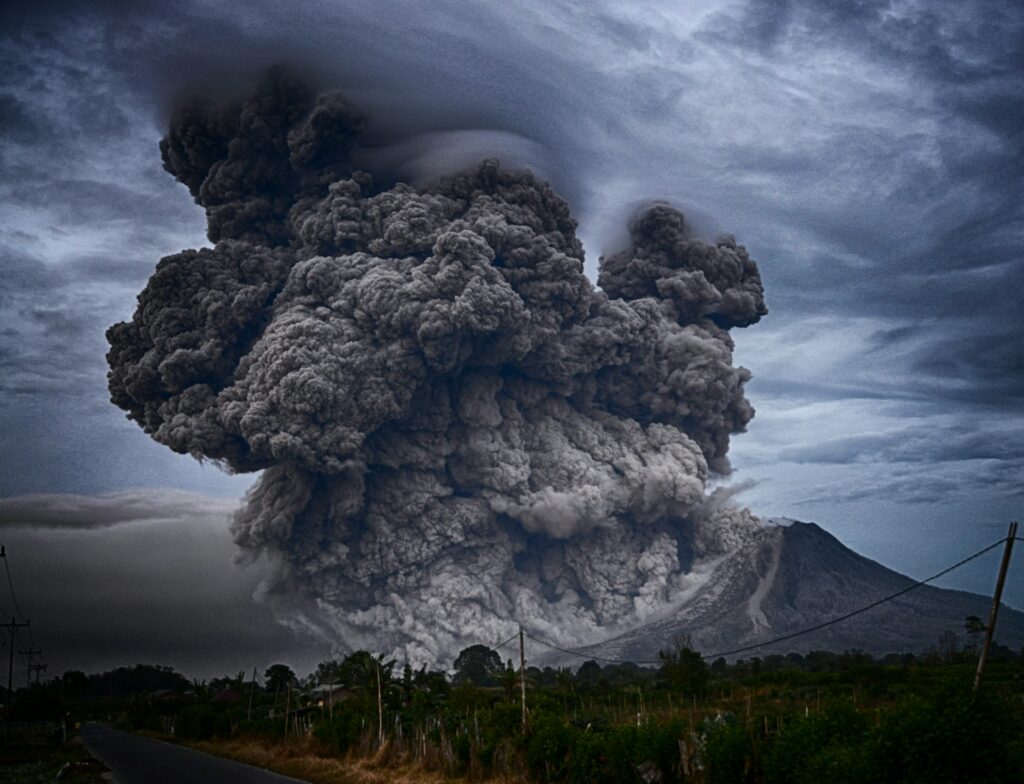
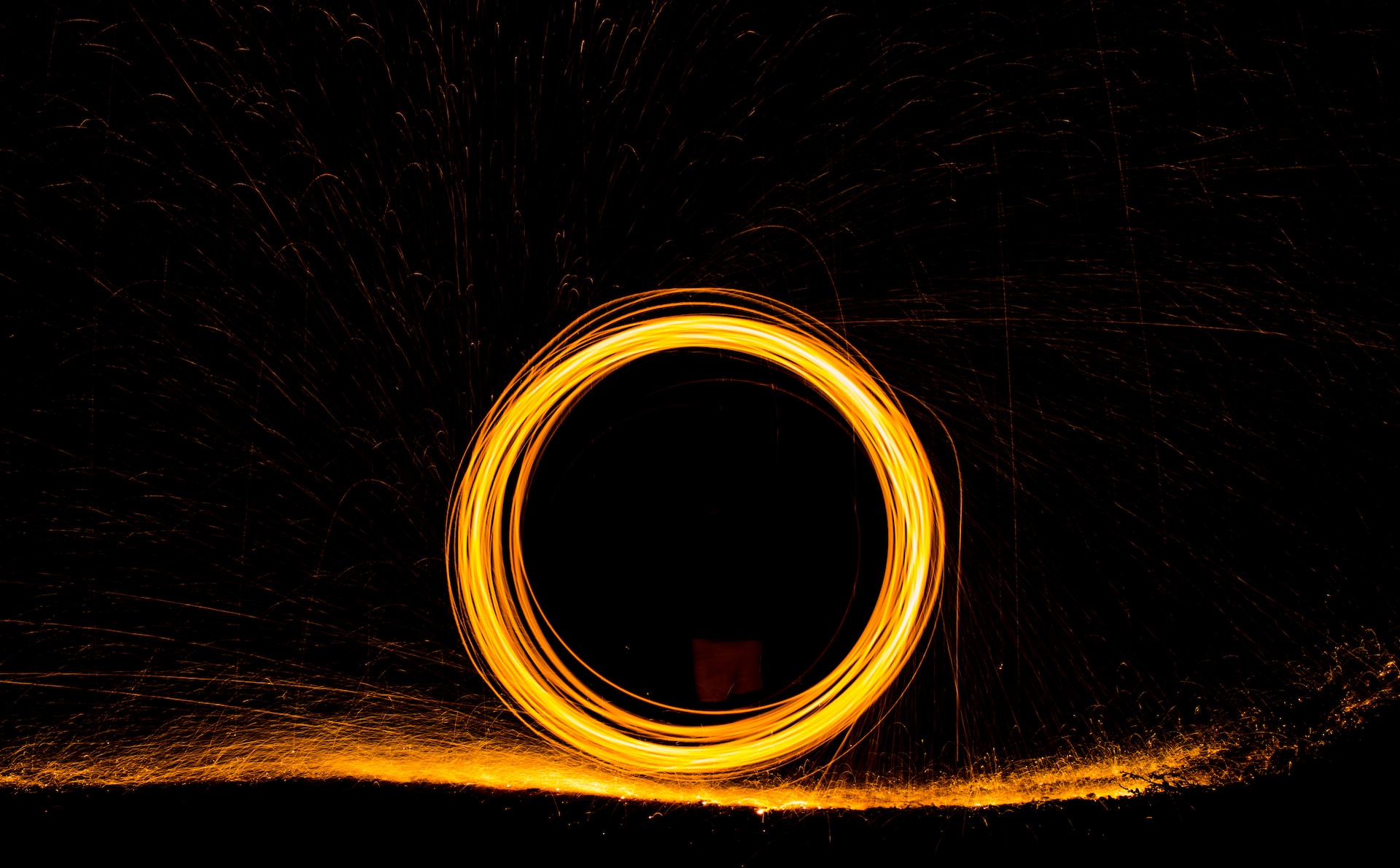
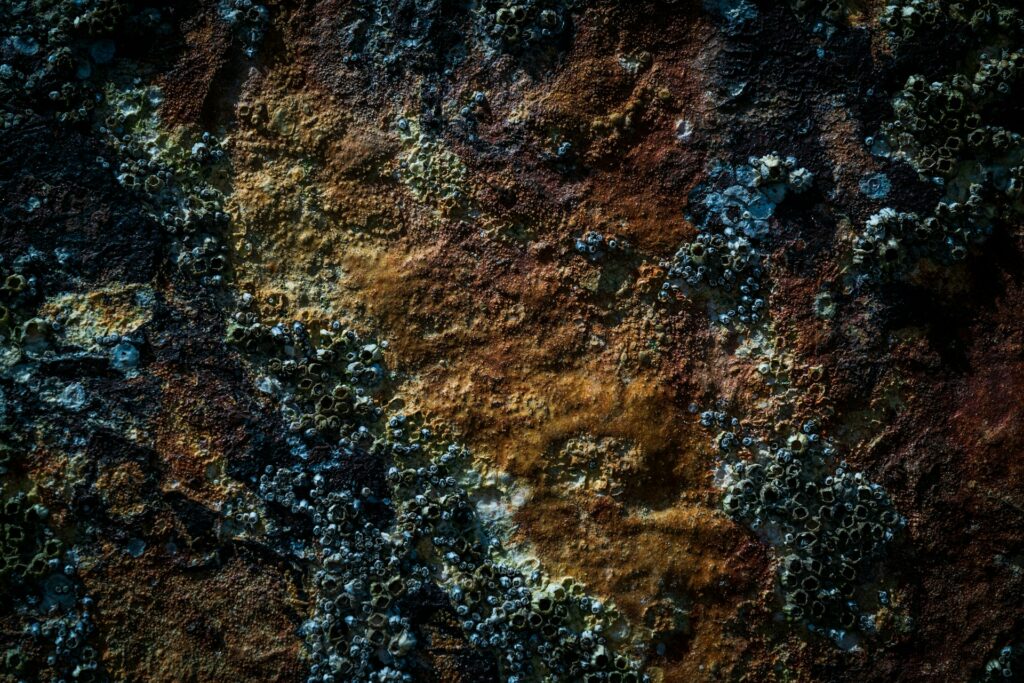
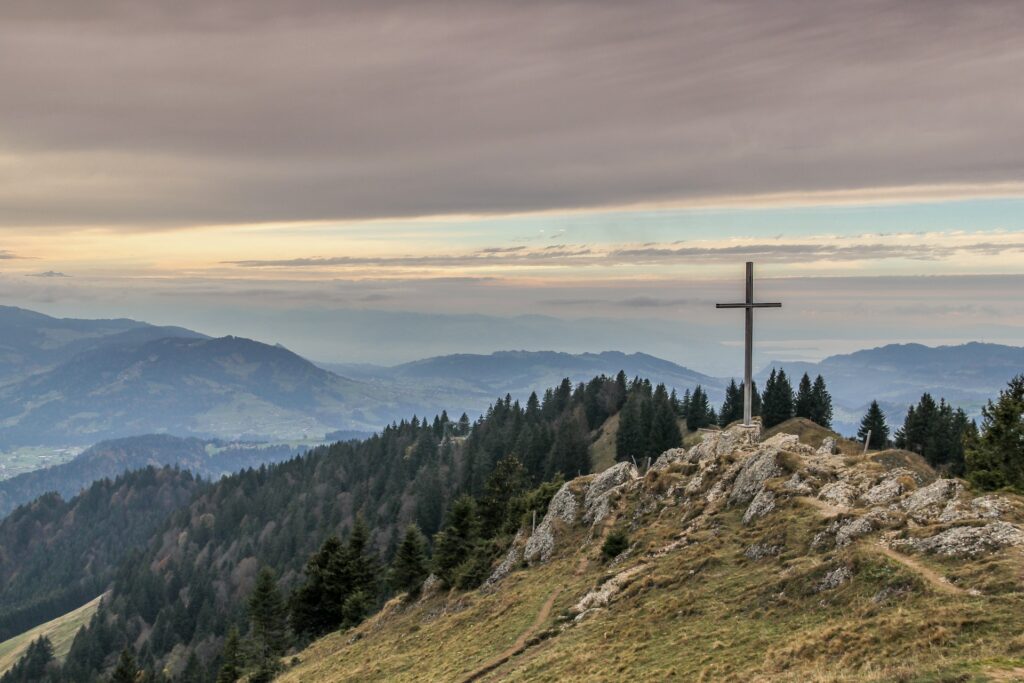
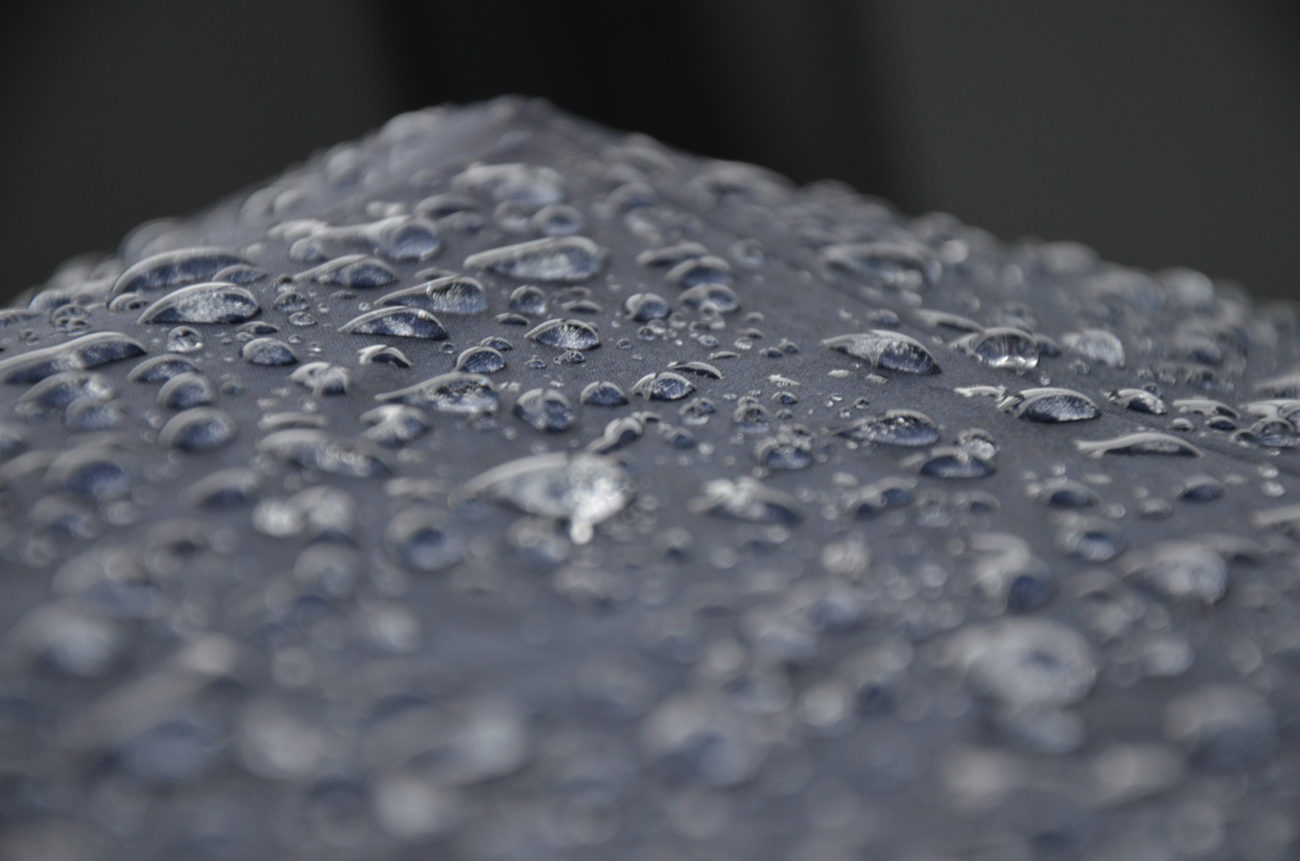
This article addresses the basics of preserving and storing water, and the best ways to get started.
Everyone should have a short-term emergency water supply. If a disaster ever hit and tap water was no longer an option, you’d be in trouble without a backup. You’ll be looting stores to get your water to survive. That’s why everyone needs to know the best way to tackle the task of storing water.
When storing water, you need to consider three principal things: Amount, Container, and Location.
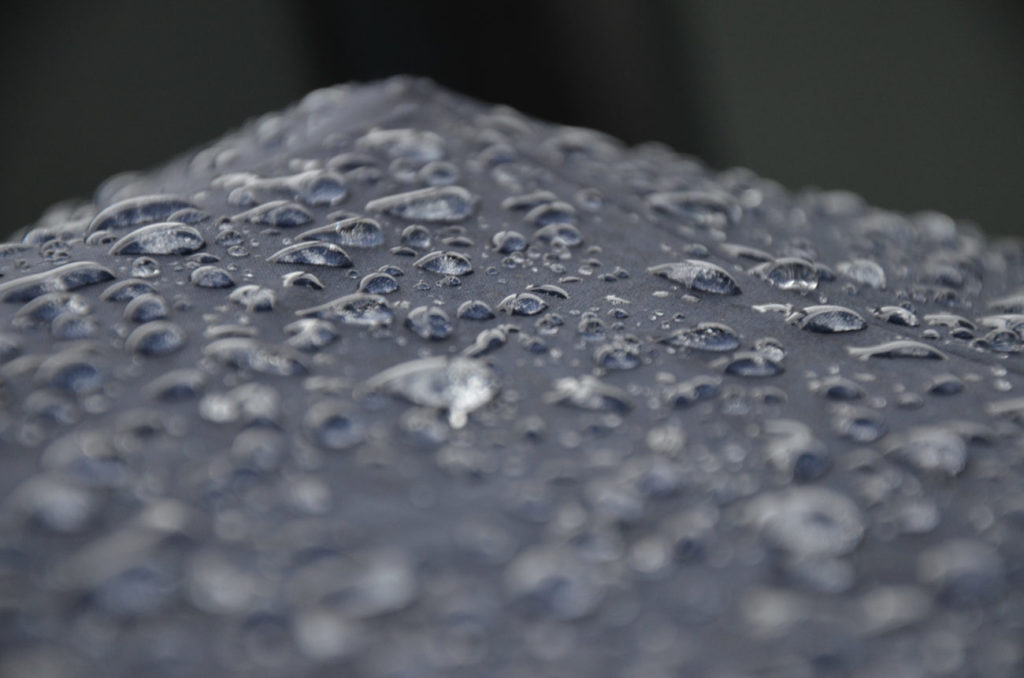
General recommendations are 1 gallon per day, per person/pet. This is high but a good measure to aim for.
They recommend more if you’re in a hot climate or have medical complications or are pregnant.
I recommend you have enough water to survive for 2-weeks at a minimum. That should be your first goal, and preferably more if you can.
So let’s do some basic math.
Let’s assume you are in Arizona, have a wife, no kids/pets, and no complications.
So you need 14 day’s worth of water at a minimum. 1 gallon per day, per person is 28 gallons of water.
Now, you live in a hot climate (Arizona), so you want to add some to that number. For a hot climate like Arizona, we’d want to add .5 per person, per day. So add another 14 gallons of water.
28 + 14 = 42 gallons of water to have enough for a two-week supply.
This number seems like a lot. However, consider how much you normally drink a day (whether it’s water or some other beverage). And then consider if you don’t have access to tap water, you probably won’t have access to air conditioning either. Not to forget, you also need a source to wash your hands, bathe, etc.
When you factor all that into account, it doesn’t seem like such a higher number.
So remember the formula and start collecting.
The best option for storing water is stainless steel containers. They cost less and store longer.
I don’t recommend buying a bunch of plastic water bottles, most of them expire. You’ll be replenishing them all the time and let’s face it, replenishing 42 gallons of bottled water is a major pain.
Get a giant stainless steel container and use long-lasting water that’s already been cleared.
Make sure it’s made of good strong material if you don’t go the stainless steel route. And make sure it has a lid that closes tightly to preserve it for longer.
Follow these guidelines as well:
Follow these, and you’ll be set.
Store your emergency water supply in a consistent temperature location, if at all possible. Preferably between 50-70 degrees Fahrenheit. Like a root cellar.
Don’t store it anywhere that could compromise the integrity of the water. So don’t store it next to a nuclear plant. Also, remember to avoid storing it in direct sunlight.
Your basement, an emergency preparedness room, or any other consistent location is the best place to put your storage. Be careful with location, it could make your water last 4 months or many years.
For the real emergencies when you can’t access your water supply, I recommend getting a portable water filter like the straw or some water cleansing packets.
I have both in my emergency preparation kit. Easy use for if you need to bug out, lasts a long time, and they work really easily. Just grab it, go next to a water source, and drink.
You definitely should consider grabbing one for your bug out kit.
But don’t let it be your only tool. Get to work storing water using the tips above and make sure you are one of the few that are prepared for whatever might call for it.
Comments are closed.
(Learn More About The Dominion Newsletter Here)
You left out: “dont buy the fake emergency water kits”, but otherwise I agree
Ahh yes, I’ve seen those all over clickbank and Amazon. They fall apart like nothing